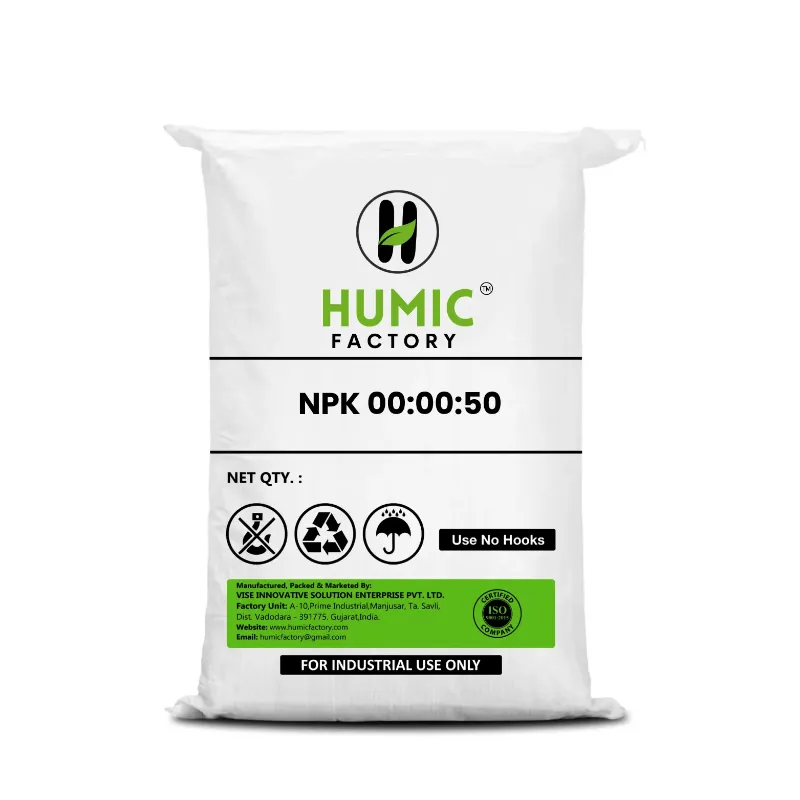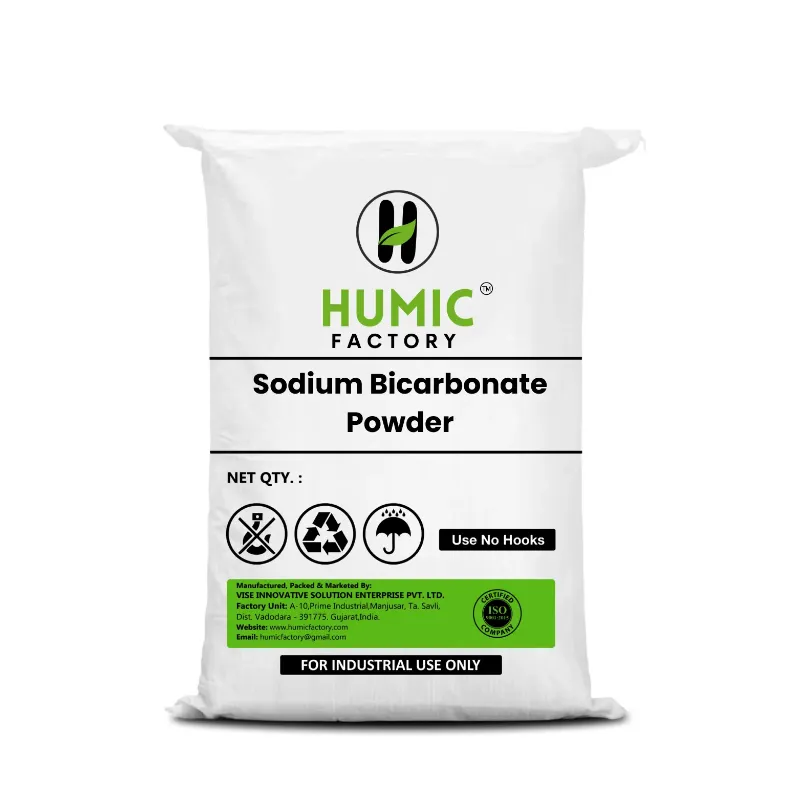Applying NPK 19:19:19 fertilizer correctly is key to maximizing its benefits and ensuring healthy plant growth. Here’s a comprehensive guide on how to apply this balanced fertilizer effectively: Before applying any fertilizer, it’s crucial to know your soil’s current nutrient levels. Conduct a soil test to determine whether your soil already has adequate levels of nitrogen, phosphorus, and potassium. This will help you tailor the amount of NPK 19:19:19 you need and avoid over-fertilization. The application rate of NPK 19:19:19 fertilizer depends on the type of crop, the growth stage, and the specific recommendations for your soil. Generally, the package instructions will provide guidelines on how much to use per square foot or acre. Common application rates are: For Vegetables and Flowers: Typically, 1 to 2 pounds per 100 square feet. For Lawns: About 1 to 2 pounds per 1,000 square feet. For Trees and Shrubs: 2 to 4 pounds per inch of trunk diameter, applied in a ring around the base. Always follow the manufacturer’s recommendations for the best results. There are several methods to apply NPK 19:19:19 fertilizer: Method: Spread the fertilizer evenly over the soil surface using a broadcast spreader or by hand. Best For: Large areas like lawns or garden beds. Steps: Measure the appropriate amount of fertilizer based on the recommended rate. Spread the fertilizer evenly over the soil. Lightly rake the soil to incorporate the fertilizer and ensure even distribution. Method: Apply the fertilizer in a narrow band or strip, usually a few inches to the side of the planting row. Best For: Row crops or when planting new seeds. Steps: Apply the fertilizer in a band about 2 to 4 inches wide. For new plantings, place the fertilizer band below the seed or plant before covering with soil. Method: Apply the fertilizer along the sides of growing plants. Best For: Established plants and vegetables. Steps: Apply the fertilizer in a strip beside the plant rows. Gently work it into the topsoil without disturbing the plant roots. The timing of fertilizer application is critical for optimal plant uptake: Pre-Planting: Incorporate NPK 19:19:19 into the soil before planting to ensure that nutrients are available as seeds germinate and seedlings begin to grow. Growing Season: For crops and plants that need ongoing feeding, apply the fertilizer at regular intervals based on their growth stages. For many crops, an application every 6-8 weeks is beneficial. Post-Planting: Use side-dressing methods during the growing season to provide additional nutrients as plants mature. After applying NPK 19:19:19 fertilizer, water the area thoroughly. This helps dissolve the fertilizer and ensures that nutrients are carried down to the root zone where they are needed. Proper watering also prevents nutrient runoff and helps prevent root burn. Applying too much fertilizer can lead to nutrient imbalances, plant stress, and environmental harm. Stick to recommended application rates and monitor your plants for signs of over-fertilization, such as leaf burn or excessive leaf growth with little fruit or flower production. Regularly check the health of your plants and the condition of your soil. Adjust your fertilization practices as needed based on plant performance and any changes in soil conditions. Additionally, incorporate other practices like mulching and composting to maintain soil health and fertility. Weather Considerations: Apply fertilizer when the soil is moist but not waterlogged. Avoid applying before heavy rainfall to reduce the risk of nutrient runoff. Compatibility: If you’re using other soil amendments or fertilizers, ensure they are compatible with NPK 19:19:19 to avoid potential nutrient imbalances. By following these guidelines, you can ensure that NPK 19:19:19 fertilizer is applied effectively, providing your plants with the balanced nutrition they need for healthy growth and maximum productivity.Understand Your Soil Needs
Determine the Correct Application Rate
Choose the Right Application Method
Broadcasting
Banding
Side-Dressing
Timing of Application
Watering After Application
Avoid Over-Fertilization
Follow-Up
Additional Tips


Submit your contact number to receive exclusive updates
Something went Wrong Please try again!!!
Bulk Purchase
Get Bulk Discount
Get Discount Code now
फोन नंबर सबमिट करे और ऑफर पाए
We believe farming is hard. This is our attempt to support farmers. Submit your contact details to receive a discount and other offers from Humic Factory.

Recommended Products
COPYRIGHT © 2024. All Rights Reserved By Humic Factory


